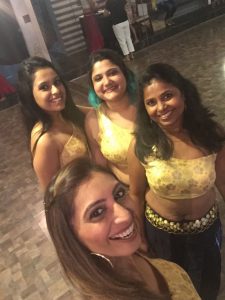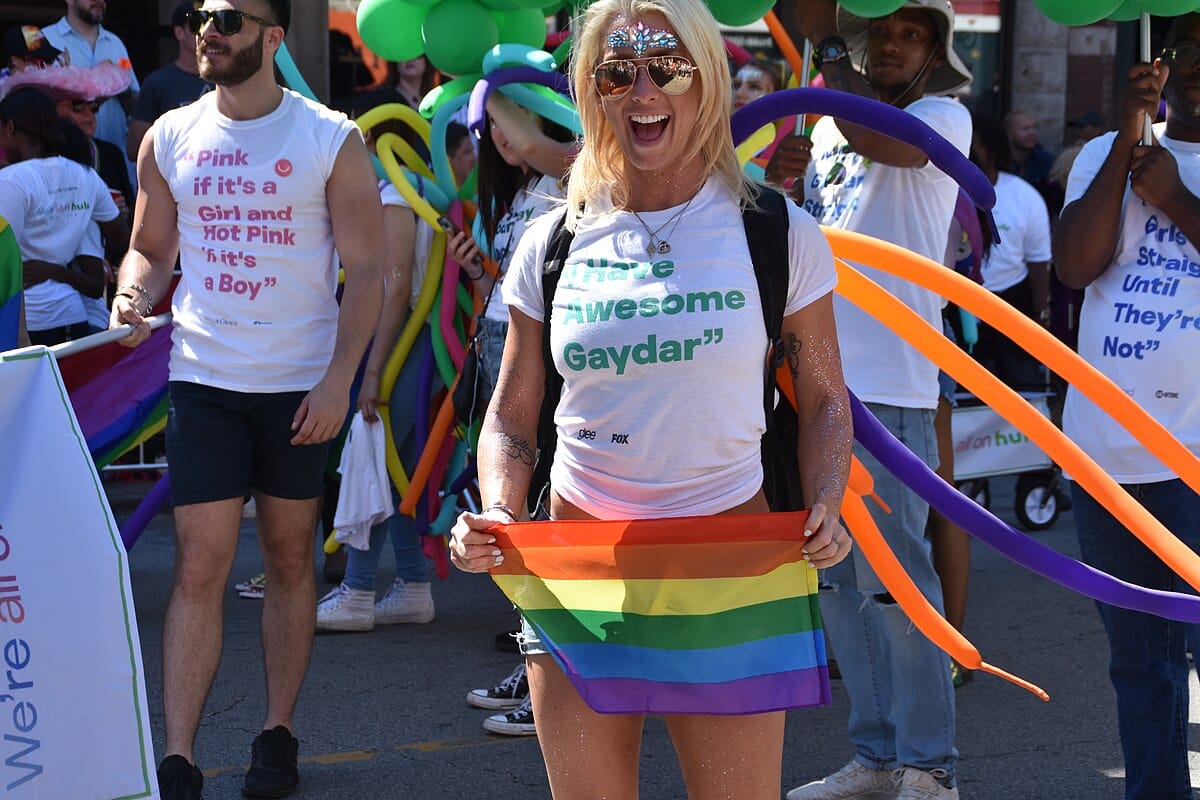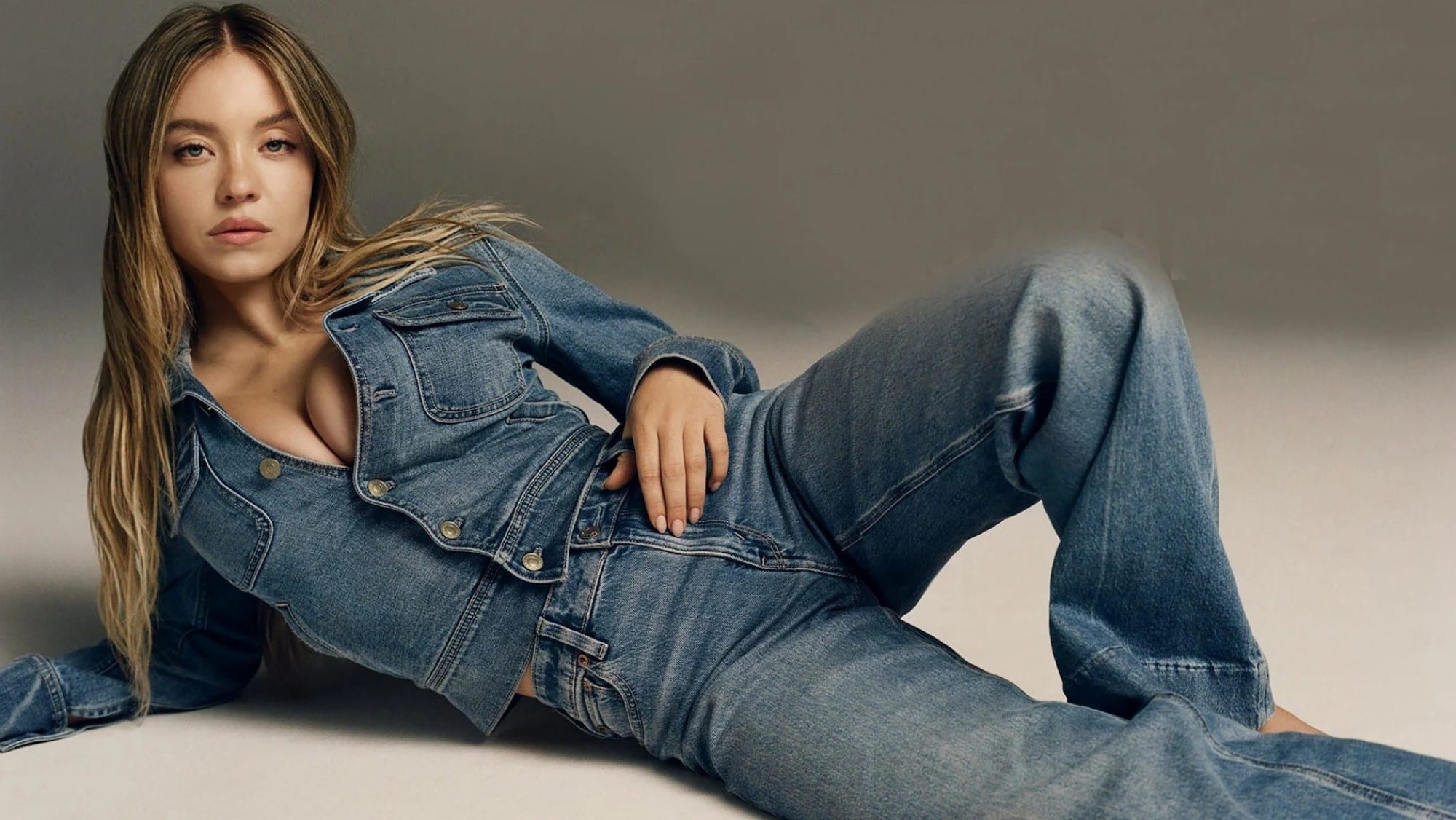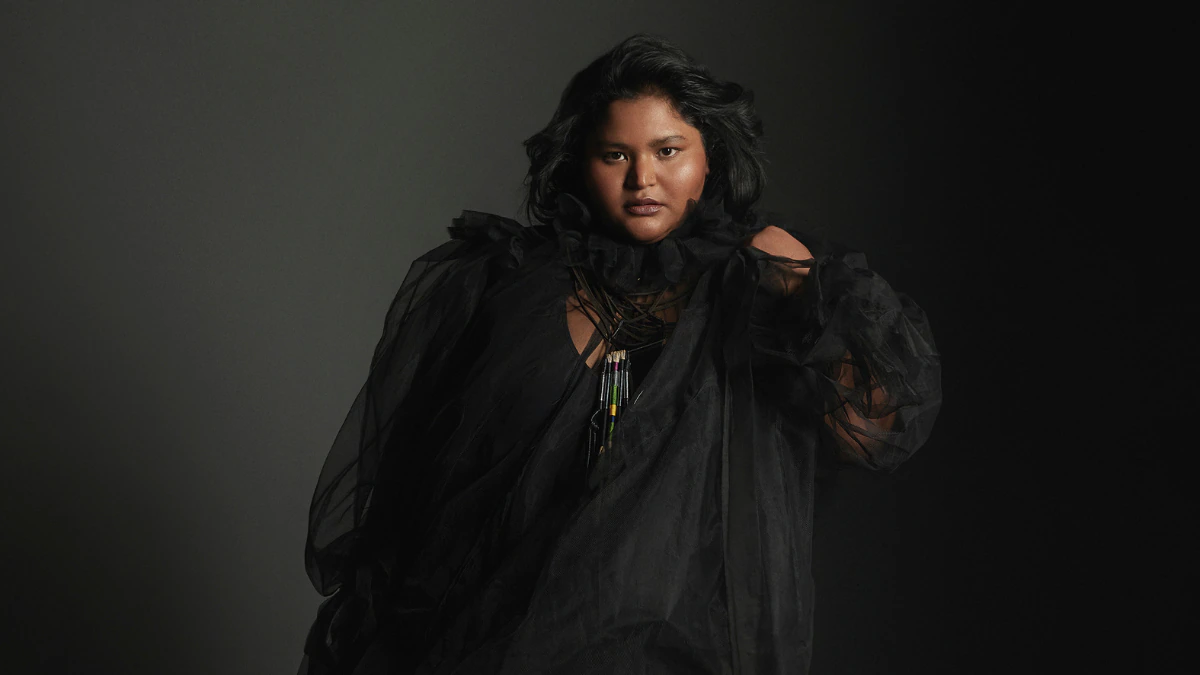Six months ago, on a whim, I joined a class for belly dancing. What started with a decision fuelled by boredom and rebellion, soon became one of the most meaningful experiences of my life. It transformed my relationship with my body and led me on a journey of self-love and growth.
B for Body Positivity
As a feminist, I understood and whole-heartedly supported the importance of body positivity. Though it was easy to grasp these concepts in theory, it was difficult to unlearn a lifetime worth of conditioning. I would often find myself criticising my body for not emulating the impossible beauty standards that society sets for us. I spent so much time thinking about what I would change about myself, that I hardly every appreciated what I had.
Also read: Meet Priyasha Deochake: Biotechnology Student Turned Belly Dancer
But I wasn’t just critical towards my body, I was ashamed of it. I had spent most of my life being fat-shamed, by others and myself. My childhood nickname was moti (fat), a label that did not just refer to my body, but became my identity. And fitness was never my forte. The first time I tried to buy a sports bra, I barely fit into their largest bra size. This, in conjunction with my adolescent insecurities left me feeling conscious of my breasts at all time – whether I was sitting, walking, or running. And though I wholeheartedly embraced dancing, there was a constant attempt to somehow tame the breasts and control their movement.
To feel like your breasts don’t have to be invisible, or unmoving, or even vulgar. That breasts can be appreciated in a context that is neither sexual nor maternal.
So it was extremely freeing and empowering, as an adult, to learn a dance form that focused on the movement of the chest. To feel like your breasts don’t have to be invisible, or unmoving, or even vulgar. That their motion can be controlled, and can create graceful movements. That breasts can be loved or appreciated in a context that is neither sexual nor maternal.
This new-found freedom was not restricted to the breasts. I remember eyeing myself critically in the mirror during the first few classes, focusing on how my body was different (and bigger) than the others’ and how my excess fat jiggled at my movements.
Popular culture teaches us that beauty lies in being tightly packaged and fat-less. It took a few more sessions in front of the mirror, and a lot of self-reflection, to realise that the things I saw as flawed or ugly added grace to my movements. That my body just moved differently from other bodies, and there was no singular right way to move or be. Soon I started feeling much more loving towards my body, love handles and all.
Taking Up Space

With every session, I started feeling more confident in my body, and my femininity. Being comfortable in my skin also made me more confident outside. Belly dance had freed up muscles in my chest and back that were hardly ever used. This did wonders for my posture, but also led to me walking on the streets with a straight back, without trying to minimise myself, or reduce the space I took up on the street. It got me thinking about women’s discomfort in public spaces, which I had debated extensively in theory, but never examined within myself.
I realised that I used to hunch a little when I walked in public spaces, slightly raising my shoulders and arching my back to make my breasts appear smaller. It was a habit I had picked up in my adolescent years, in response to the constant staring and ogling that made me self-conscious about my body. Just like the harassment, the hunched posture had soon become normalised.
For me, the crowning moment was at the hafla, an event organised by my dance instructors. Here all the students from different batches and branches of the class would gather, and perform for each other, and for their friends and relatives who attended the event to support them. The event was for women, by women, and was a celebration of our dance and our bodies. It gave us a safe space to love and show off our bodies. That this safe environment was contingent on the absence of men, is a conversation for another time.
A History Of Sexualising And Reclaiming
Though belly dancing is popular and trendy now, much can be said about the appropriation of a dance form that is foreign, and has been sexualised for the male gaze. Not much is known about the origins of this dance, and what we know today as belly dance comes from Egypt, Turkey and other Middle Eastern countries, where it evolved as a folk dance performed by people of all genders. For women, it was associated with fertility and physical well-being. Over time it gained popularity as a dance performed exclusively by women for a male audience. It was in the 1970s and 80s that belly dance was reclaimed (or appropriated) by the American feminist movement as a dance form that empowers women.
Maybe by remembering and honouring its folk roots, belly dance could become a symbol of independence and rebellion, of women dancing for themselves.
Still, one cannot deny the sexual associations of belly dance. I am very aware of the years it took me to move from wanting to learn belly dance to actually enrolling for a class. My hesitation stemmed from my parents’ subtle disapproval, the encouragement of some friends to make myself ‘sexier’, and an even more understated self-judgement and criticism. In my head, learning belly dancing was as sex-positive and radical as learning pole-dancing; a bold statement made by reclaiming something that was popularly known for its connotations of misogyny and objectification. Maybe by remembering and honouring its folk roots, belly dance could become a symbol of independence and rebellion, of women dancing for themselves.
Also read: Revelations: Celebrating LGBTQ Stories Through Bharatanatyam
Of course, I do not claim that this dance form is the cure all for centuries of patriarchal oppression and conditioning, but my personal journey with belly dance has made me appreciate myself and my body much more. It does not have to be belly dance for everyone. I know women who have found MMA (Mixed Martial Arts) particularly empowering. Any activity that stops us from making ourselves physically smaller and allows us to take up space in society can be empowering in its own way.
Every feminist has their own journey of unlearning and growth, and belly dance has been a powerful influence in mine.





Thank you for articulating his so beautifully…all the elements that you put down will resonate with women learning this powerful dance form!! Keep going …lots of love
Thank you Mithila! I’m glad that my experience is resonating with so many women. It was an absolute pleasure learning from you. Keep dancing!
hi dear Aishwarya Javalgekar, thank you for sharing the beautiful , if possible i will sharing your with with my friends.
I want to repeat the above comments madam. I love you.. your language is so powerful yet authentic and precise enough to take out the subtle issues hidden among the apparent larger issues of sexism and prejudice.
Please write more .. I specifically appreciate your emphasis on yourself as an observer and keeping away from judging the world as a whole.